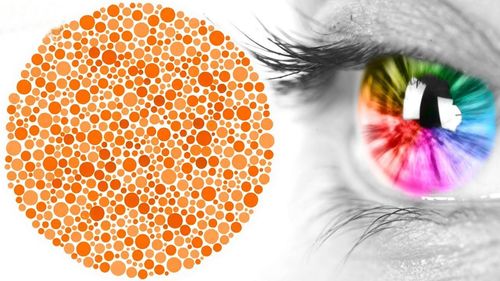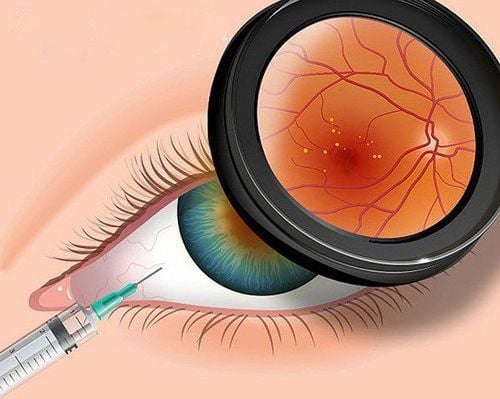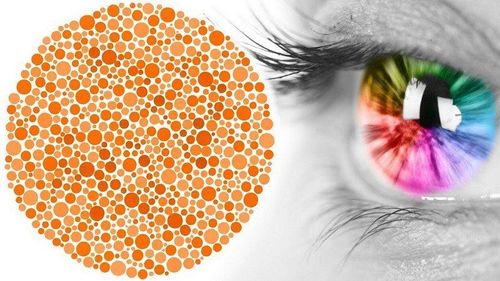This is an automatically translated article.
The article was professionally consulted by MSc Hoang Thanh Nga - Department of Medical Examination and Internal Medicine, Vinmec Ha Long International General Hospital.People with color blindness will not be able to distinguish different colors, so they will face a lot of difficulties in life, work and daily activities. The causes of color blindness are quite diverse.
1. What is color blindness?
When having difficulty distinguishing between different colors is a manifestation of color blindness, also known as chromosomal disorder. Patients can see objects clearly but cannot distinguish colors, especially blue from red or blue from yellow.
The risk of color blindness in men is higher than in women and it is estimated that worldwide 1 in 12 men will be color blind, while about 1 in 200 women will have the disease.
Color blindness can cause certain effects in the patient's life, depending on the degree of color blindness, it will cause different consequences although it does not affect the health of the color blind patient.
People with mild color blindness are discovered by chance, this change in perception can be disorienting and shocking for the patient.
Color blindness is an inherited disease caused by mutations involving a pair of sex chromosomes (in females it is XX and in males it is XY). People with color blindness are caused by a mutation or lack of a gene on the X chromosome, causing a disorder in the light-sensitive cells in the eye that are needed to distinguish colors (usually this gene is recessive). Male fetuses who inherit this gene from their mothers will have difficulty distinguishing colors because the Y chromosome is the chromosome that will not have a dominant color gene to overwhelm the color blindness gene.
2. Causes of color blindness
According to specialists, color blindness occurs when the patient has problems with the pigments in the eye, which is also the leading cause of color blindness. Structurally, on the retina there are cells that respond to light called rods and cones. In particular, cones contain colored pigments that reflect different wavelengths of light, so if the cones contain all the correct pigments, vision will be good, however, only one pigment is needed. If the error is wrong, the patient will not see some colors.
In addition, some other possible causes of color blindness are:
Because the patient has some eye diseases such as macular degeneration, retinopathy, cataract... Side effects of certain drugs, such as those used to treat high blood pressure, heart disease, or drugs for neurological disorders. Exposure to certain harsh chemicals can cause loss of color vision.

Do đột biến gen dẫn tới bệnh mù màu.
Due to genetic mutation. Due to heredity. Eye injury. Color blindness due to age. Although color blindness is not life-threatening or causes any harm to the patient, it makes work and life difficult for the patient. Therefore, in order to prevent color blindness, each person needs to actively check their health and chromosomes before getting married to see if there are colorblind people, if so, the risk of future children getting the disease will be high. When the job requires contact with chemicals, it is necessary to have protective eyewear and avoid maximum injury in the head and eyes because it will easily cause visual damage. Another very important thing is that absolutely do not self-medicate without a doctor's prescription. When you have vision problems, you need to see a doctor immediately to have a timely treatment plan.
Please dial HOTLINE for more information or register for an appointment HERE. Download MyVinmec app to make appointments faster and to manage your bookings easily.













